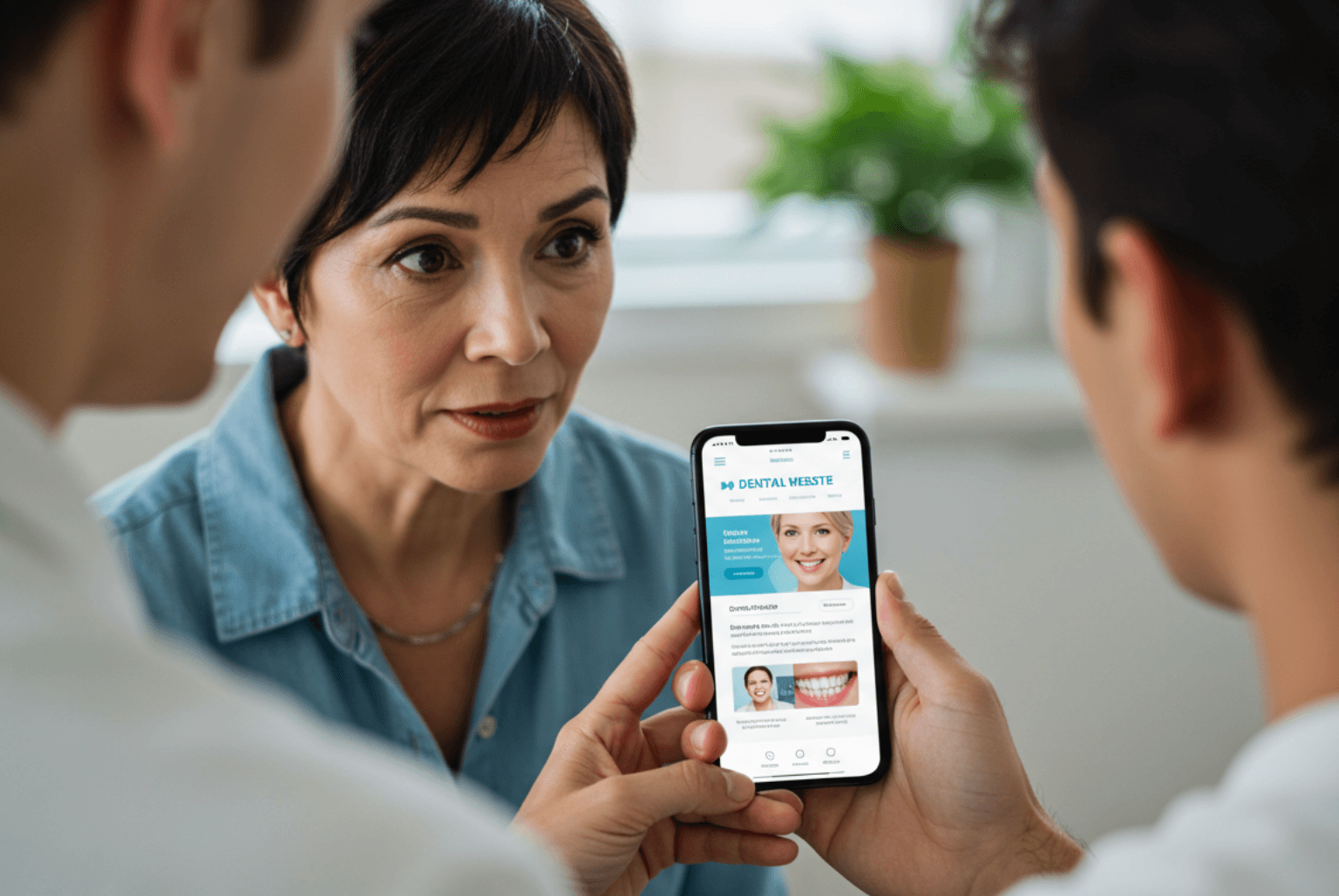Did you know that the structure of your website can affect where it ranks in searches? Provide a great, user-friendly structure with clear navigation and Google is likely to reward your efforts, but skimp on planning your structure and you may well see a drop in visibility.
At its bare bones, a good site structure makes for a great user experience. If you plan your navigation properly, or take advice from an experienced web designer on how to do this, you can give visitors a clear and logical road map through your content so that they find what they want quickly and easily.
How navigation affects your Google rankings
If your website is hard to navigate and information is poorly signposted, the chances are high that visitors will bounce back to Google and look for another, better structured site. Low dwell time, high bounce rates and poor clickthrough rates are all red flags to search engines about the quality and value of a website – red flags that can soon convert to poor rankings.
On the flipside, if people can find the information they need straight away, the odds are much higher that they’ll stay on your site, increasing their dwell time and clicking through to related information. Google will take this as a good sign.
A good structure also makes it far easier for search engines to crawl your site for fresh content. If the content is easy to find, it is easier to index, giving your pages a better presence in searches.
So, how can you improve your navigation?
The top five things patients are searching for
If we think primarily of medical cosmetic websites, experience shows that there are five main concerns that potential patients have when they’re looking for information. They want to:
- Know more about a specific treatment
- Understand what treatments are suitable for a specific area of the face or body
- Find out their treatment options for a specific condition
- Explore what’s available for their age
- Search by gender
If you can build your navigation with these priorities in mind, you are more likely to create a website that meets the needs of your patients and makes them feel that you understand them as an individual.
Creating patient-focused navigation
Eye tracking software has shown time and again that people tend to view the information on web pages in the shape of a capital F or E with the eye looking across the top of the screen, from left to right, first before tracking down the side of the page. This is a good reason to have your main navigation in a prominent position across the top of every page.
An increasing number of our clients are choosing to use the main navigation menu to give searchers a choice of routes into the same pages. For example, there may be separate drop-down menus for treatments, conditions or age groups to allow for different search priorities.
It’s also possible to combine your patients’ different priorities into a single menu.
On the screen shot above from the Aesthetics Lab website, you can see how Aesthetics Lab have grouped the treatment pages under the headings of specific health concerns. If someone comes to the website with acne, they may not know what their treatment options are but they can see at a glance that they might want to explore choices such as skin peels, facials, skin needling, IPL treatments and more. Similarly, they may want to firm up loose and sagging skin but not know what treatments can help them to achieve this. Just a cursory glance at this menu narrows down their search.
If we look at the James Willis Faces website, we can see that they have incorporated all five of their patients’ search priorities into the main navigation. People can search by treatment, condition, face, skin, age or specifically find treatments suitable for men. It isn’t that James Willis Faces have had to create lots of extra or duplicate pages, but merely that they are offering different routes into the same information.
As this screen shot from the Cotswold Face and Body Clinic website shows, another technique for improving your website navigation is to include images in the navigation menu. This lifts the pulldown menu from the ordinary and immediately draws the eye. It also gives people a visual clue to your offering before you’ve said a word, and may help them identify the type of treatments they can explore.
Make the journey through your website easy and clear
Good navigation doesn’t stop at your main menu. When designing the Elanic clinic website treatment pages, we explored how to structure the navigation throughout all of the pages so that we could clearly signpost related treatments.
As you can see, we arrived at a combination of menus on the left-hand side of the page that build on visitors’ preference to scan down the left for more information. These lead people to related treatments, as well as Elanic’s most popular treatments overall. For people who like visually-driven searches, images on the right hand side link to related treatments too.
The key was explore how people use cosmetic medical websites and how they like information to be linked. Internal linking is important because it helps people move through your website according to their individual needs, establishes the heirarchy of your pages, and helps you spread the link juice, i.e. ranking power, of your content throughout your website.
How good is your website’s navigation?
We strongly recommend revisiting your website’s structure from time to time to check whether it is in step with your patients’ needs. How logical is your website’s navigation? If someone were to search according to treatment, condition, area, age or gender, how easily would they find the right page?




